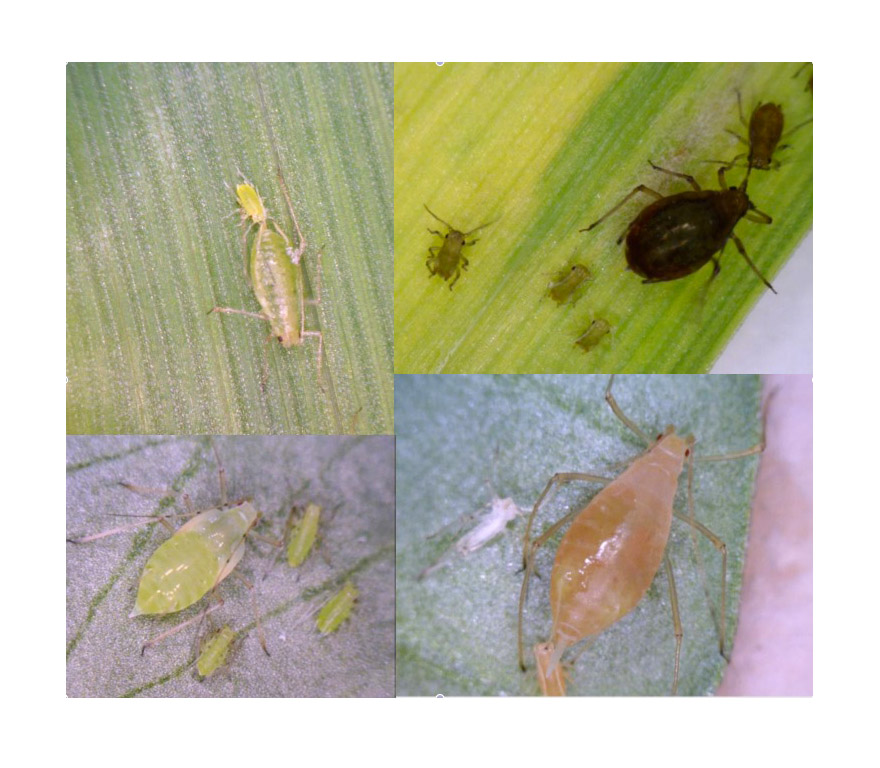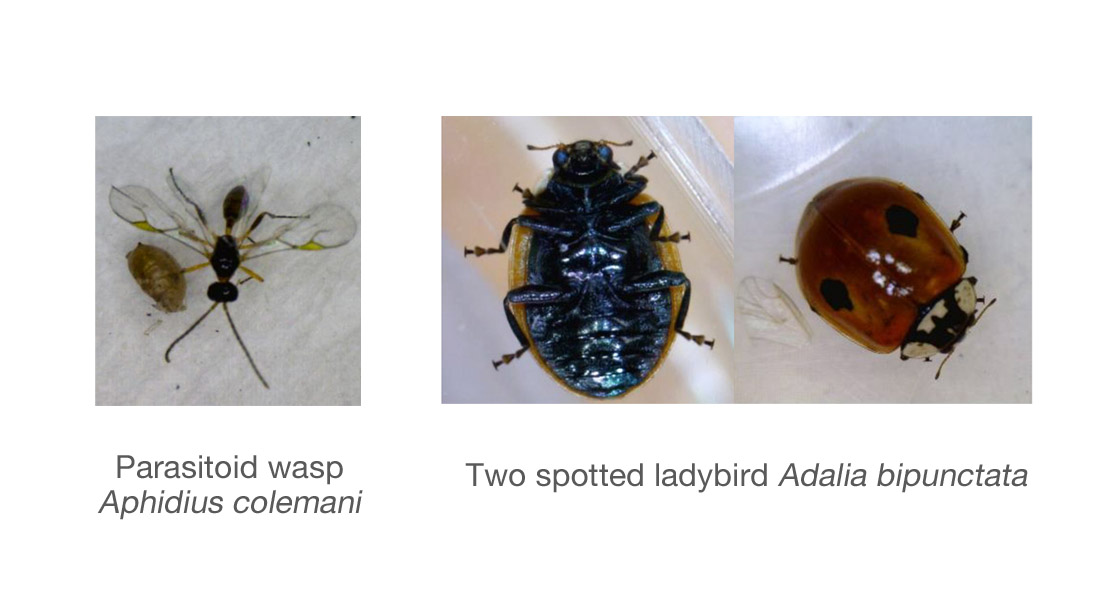Plant power day (also known as the fascination of plants day!) is an annual joint venture between the University of Dundee and the James Hutton Institute which aims to engage members of the public and encourage exploration into the fascinating world of plant biology!
Held at the University Botanic Gardens, 17 May 2016, on what turned out to be quite the sunny Saturday, the event had a range of activities centred on plant biology with activities ranging from: DNA extraction from raspberries, exploring the plant-soil biome, an adventure trail which took the public on an educational journey through the wide diversity of plants housed at the Gardens and, our personal favourite, an exhibition of plant insect pests.
Our stall, as you can probably guess, was based on the insect pests of a range of economically and agriculturally important plants and the natural predators of these insects which form a diverse biological system. Primarily consisting of many wonderfully coloured – pink, green, purple, black and brown – aphids (all confusingly referred to collectively by visitors as ‘greenfly’) and the vine weevil, alongside the natural predators of aphids, including the ladybird (the overall star of the show) and parasitoid wasps (a hit with children who were fascinated by their lifecycle, the oviposition of an egg inside an aphid with the subsequent larvae eating the aphid from the inside out – imagine Alien 1979).
We used ‘hands on’ digital microscopes, Dinocapture devices, to allow the visitors, mainly the kids, but a few adults gave it a go as well, to explore the insects we had brought along and see what cannot be seen with the naked eye (there are a few pictures below to whet your appetite). We also supplied interesting plant and insect activity and fact sheets for the visitors to take away, the insect mini-factsheet and the factsheet on plant defence were winners with kids eager to take these to show and tell on Monday.
Overall there was a good attitude towards the event and some engaging questions about the work that goes on at the University and the JHI, we even provided impromptu pest-control advice to gardeners struggling with ‘greenfly’ infestation (diluted washing up liquid rubbed onto infested leaves/stems works well). To conclude – A good day was had by all!
Daniel Leybourne & Jenny Slater
Images above show adults and nymphs of the different varieties of aphid on display (top left clockwise): the Rose-Grain aphid Metapolophium dhordum, the Bird-Cherry Oat aphid Rhopalosiphum padi, pea aphid Acrythosiphon pisum and a second pea aphid biotype (images taken at the James Hutton Institute).


